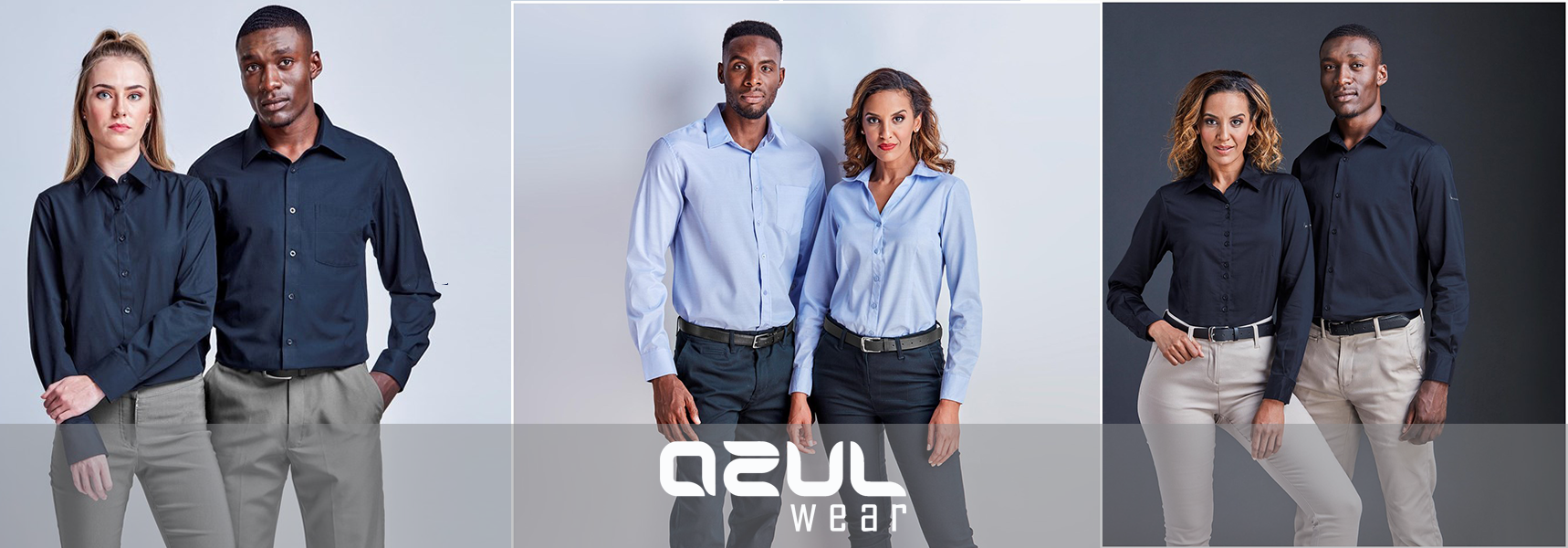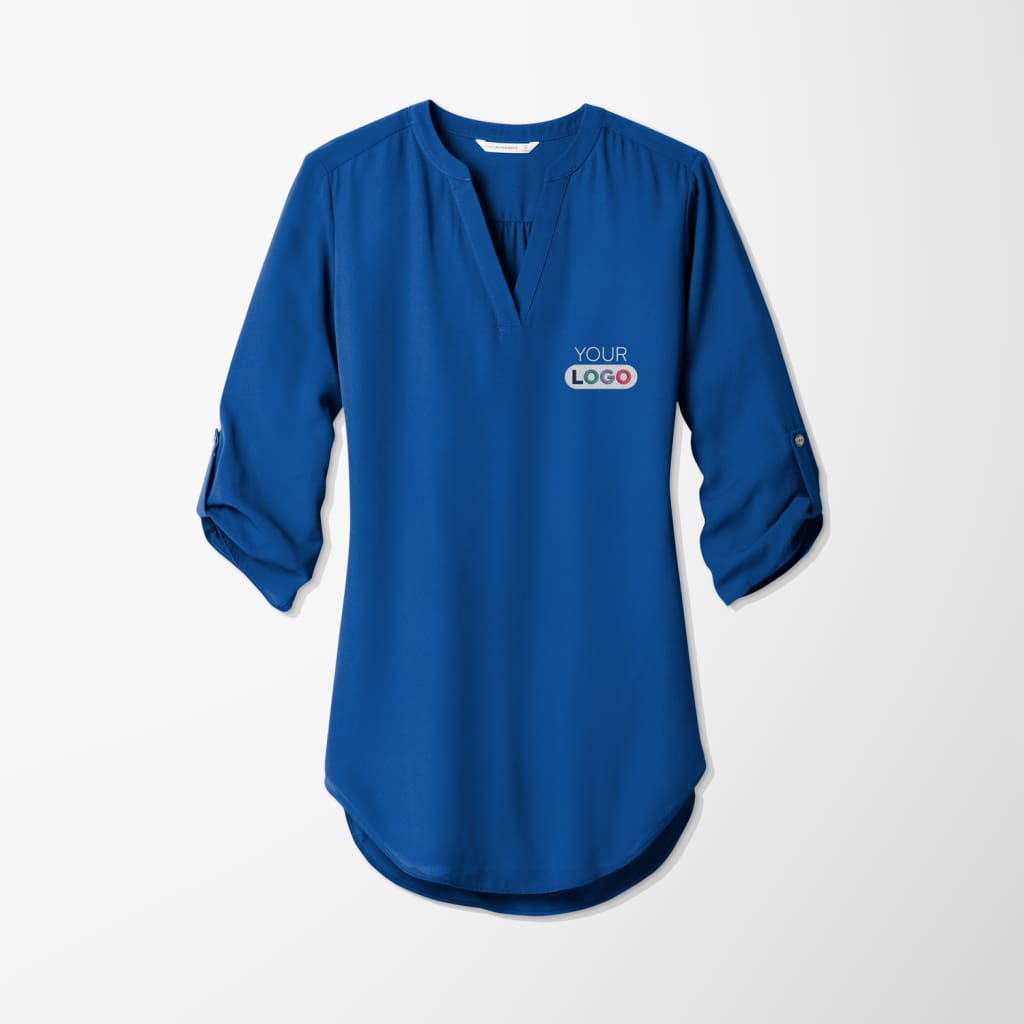The Best Fabrics to Look for in Branded Clothing for Summer
The Best Fabrics to Look for in Branded Clothing for Summer
Blog Article
Understanding Clothing: The Importance of Textile Selections in Your Wardrobe
The option of fabric in clothing plays an essential duty in both looks and functionality. Different materials provide differing degrees of toughness, comfort, and breathability, straight influencing the user's experience. Comprehending these nuances can enhance one's wardrobe markedly. Lots of ignore how these selections can impact not simply personal design, yet likewise sustainability. What fabric choices could redefine your wardrobe and align it with both style and obligation?
The Duty of Textile in Fashion and Functionality

Common Material Types and Their Qualities
When choosing apparel, comprehending the qualities of usual material kinds is vital for making educated selections. Cotton, a widely-used all-natural fiber, is known for its breathability, versatility, and softness, making it appropriate for sportswear and day-to-day garments. Linen, one more all-natural choice, flaunts superb moisture-wicking residential or commercial properties and a distinct texture, suitable for warm climates.Wool, frequently preferred for its heat and toughness, varies in fineness; merino wool is soft versus the skin, while coarser kinds are used for outerwear. Artificial textiles like polyester and nylon provide resilience and resistance to creases, making them popular for activewear and travel garments. Finally, blends, which integrate artificial and all-natural fibers, can improve performance while preserving comfort. By acknowledging these textile features, people can pick garments that lines up with their way of living and visual choices.
Breathability and Comfort: Choosing the Right Fabrics for Different Environments
Choosing the best materials for various environments can considerably boost convenience and total wearability. Breathable products are important in hot climates, as they permit air blood circulation and wetness evaporation. Fabrics such as cotton, linen, and moisture-wicking synthetics properly draw sweat far from the body, maintaining the user cool and dry. Conversely, in cooler environments, thicker textiles like wool or fleece offer insulation while preserving breathability, making certain warmth without overheating.Additionally, the selection of textile weight plays an important role; light-weight textiles are preferable for summertime, whereas much heavier alternatives are fit for winter season wear. Understanding the unique homes of each textile allows people to dress properly for varying climate condition. Ultimately, choosing breathable and comfortable textiles customized to specific climates can significantly enhance day-to-day comfort and improve the general experience of putting on clothes.
Resilience and Treatment: How Textile Influences Longevity of Your Closet
Choosing the appropriate products can substantially influence the sturdiness and care demands of a wardrobe. Fabrics such as cotton and polyester are understood for their resilience and ease of upkeep, making them ideal for daily wear. In comparison, delicate materials like silk and lace require more mindful handling and specialized cleansing approaches, which can increase the time and initiative required for care. Branded Clothing.Durability is likewise influenced by the fabric's weave and coating; snugly woven fabrics tend to resist deterioration much better than freely woven alternatives. Additionally, synthetic blends often provide boosted longevity, incorporating the very best top qualities of numerous fibers.Understanding the care directions for each and every fabric is crucial, as improper drying or cleaning can result in premature wear. Eventually, picking long lasting materials can result in a longer-lasting wardrobe, minimizing the regularity of replacements and adding to a more lasting style selection
The Influence of Textile on Fit and Shape

Sustainable Fabric Options: Making Eco-Friendly Choices
The influence of material prolongs past fit and shape to incorporate ecological factors, triggering a growing rate of interest in sustainable textile options. Environmentally friendly materials, such as organic cotton, hemp, and Tencel, are getting traction amongst customers that prioritize sustainability in their wardrobes. These products are often produced with less chemicals and water, minimizing their environmental footprint.Additionally, recycled textiles, made from post-consumer waste, use an ingenious remedy to the textile sector's pollution problem. Brands increasingly welcome openness in their sourcing techniques, enabling customers helpful resources to make educated decisions about their purchases.Choosing sustainable fabrics not just supports honest techniques however also motivates the style industry to take on more liable production approaches. As understanding of environmental concerns rises, individuals are prompted to assess the long-term effect of their textile selections, promoting a motion in the direction of an extra ecologically mindful and lasting technique to style.
Boosting Style: How Fabric Can Change a Clothing
While many might concentrate on shade and cut when picking a clothing, the option of textile plays a necessary function in elevating style and boosting overall appearance. Various products share distinct moods and messages; for instance, silk radiates high-end and refinement, while denim supplies a casual, unwinded vibe. The structure and drape of a textile can substantially alter the silhouette, with organized fabrics providing a polished look and softer ones developing a much more fluid, relaxed aesthetic.Moreover, the weight of the textile affects wearability across periods. Lightweight textiles like bed linen and cotton are suitable for summer, while larger materials such as woollen and velour supply heat and sophistication in chillier months. Comprehending material buildings, such as breathability and stretch, likewise equips people to make enlightened choices that boost convenience without jeopardizing style. Eventually, the appropriate textile can transform an outfit from normal to remarkable, making it an important factor to consider in any type of wardrobe.
Regularly Asked Questions
How Do I Identify the Fabric Material of My Clothes?
To determine textile web content, one can check out care labels, conduct shed examinations for fiber recognition, or get in touch with textile swatches. These techniques assist distinguish materials, ensuring informed options for apparel care and upkeep in daily wear.
Can Fabric Option Affect My State Of Mind or Self-confidence?
Textile option can greatly influence a person's state of mind and self-confidence. Branded Clothing. Particular products may evoke sensations of convenience or beauty, while others can feel limiting or uncomplimentary, inevitably affecting self-perception and emotional wellness throughout the day
What Fabrics Are Finest for Delicate Skin?
For people with delicate skin, all-natural textiles like cotton, bed linen, and bamboo are usually advised. These materials are breathable, hypoallergenic, and much less most likely to create inflammation, making them suitable choices for convenience and skin wellness.
Just how Do I Properly Laundry and Care for Different Fabrics?
To appropriately care and clean for different textiles, one must think about each product's details requirements, consisting of temperature level setups, cleaning agents, Continue and drying techniques, guaranteeing longevity and preserving the material's initial high qualities for excellent usage.
Exist Particular Fabrics for Athletic or Efficiency Use?
Sports or efficiency wear frequently makes use of materials such as nylon, spandex, and polyester. These products are designed for moisture-wicking, breathability, and versatility, boosting motion and convenience during exercises while supplying longevity and support. Conversely, in chillier environments, thicker textiles like woollen or fleece give insulation while retaining breathability, ensuring warmth without overheating.Additionally, the choice of material weight plays a crucial duty; light-weight textiles are more effective for summertime, whereas much heavier choices are fit for wintertime wear. In comparison, delicate products like silk and shoelace call for more careful handling and specialized cleansing approaches, which can increase the time and effort required for care.Durability is also affected by the material's weave and finish; firmly woven fabrics tend to resist wear and tear far better than loosely woven alternatives. In comparison, rigid fabrics can restrict movement but offer a timeless, polished look.Moreover, the density and structure of the fabric can affect the visual perception of body shape. The influence of material prolongs beyond fit and shape to include environmental factors, triggering a growing passion in sustainable material choices. The appearance and drape of a textile can dramatically modify the silhouette, with organized textiles offering a sleek appearance and softer ones developing a more fluid, relaxed aesthetic.Moreover, the weight of the fabric affects wearability throughout periods.
Report this page